- Home
- slideshows
- miscellaneous
- US Marines turned a warship into an F-35 'Lightning Carrier' in a test to boost US power
US Marines turned a warship into an F-35 'Lightning Carrier' in a test to boost US power
USS Wasp has been drilling in the South China Sea with at least 10 F-35s on board.

The Navy and Marine Corps began experimenting with the 'Lighting Carrier' concept a few years ago.
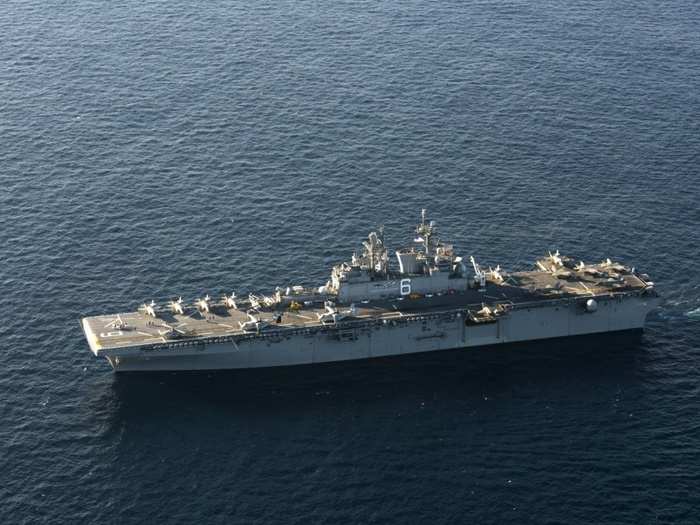
The Marine Corps did a "Lightning Carrier" proof of concept demonstration in November 2016, loading 12 F-35B fighters onto the USS America, the newest class of amphibious assault ship intended to serve as a light aircraft carrier.
"The experiments led to the realization that this is an option," Bryan Clark, a naval affairs expert and former special assistant to the chief of naval operations, told BI.
"I think the Marine Corps may be realizing that this is the best use of their large amphibious assault ships. I think you are going to see more and more deployments like that."
A "Lightning Carrier" might carry almost two dozen F-35s.
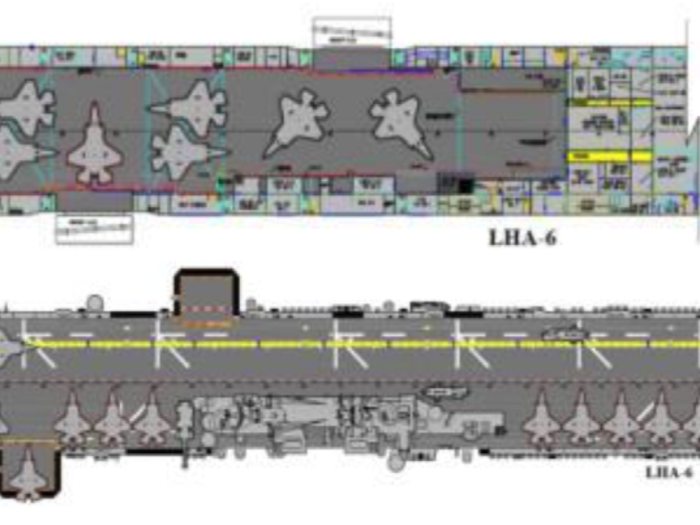
The Marine Corps elaborated on its plan for the Lightning Carrier in its 2017 Marine Aviation Plan, which suggests that by 2025, the Marines should be operating 185 F-35Bs, more than "enough to equip all seven" amphibious assault ships.
"While the amphibious assault ship will never replace the aircraft carrier," the Corps said, "it can be complementary if employed in imaginative ways." These ships, the America-class ships in particular, could theoretically be outfitted with 16-20 F-35s, along with rotary refueling aircraft.
"A Lightning Carrier, taking full advantage of the amphibious assault ship as a sea base, can provide the naval and joint force with significant access, collection and strike capabilities," the service explained.
The "Lightning Carrier" is based on an older concept that has been around for decades.
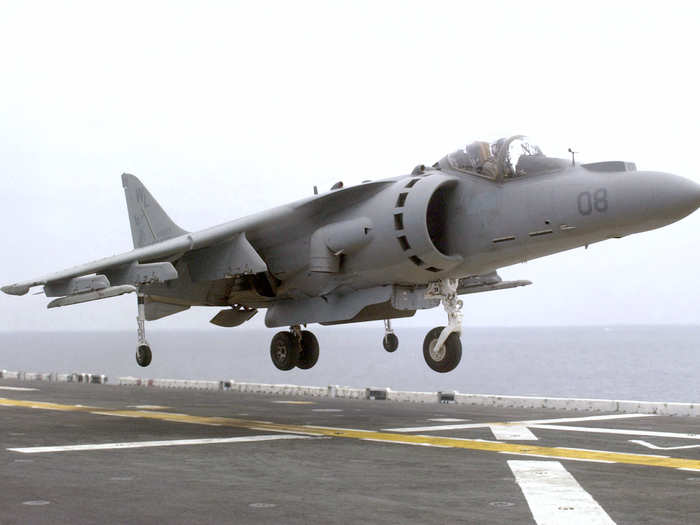
The "Lightning Carrier" concept is a rebranded version of the classic "Harrier Carrier," the repurposing of amphibious assault ships to serve as light carriers armed with AV-8B Harrier jump jets.
"We would load them up with twice or even three times as many Harriers as what they would normally send out with an amphibious readiness group and then use it as, essentially, a light carrier to provide sea and air control in a limited area," Hendrix said.
The "Harrier Carrier" concept has been employed at least five times. The USS Bonhomme Richard, for example, was reconfigured to serve as a "Harrier Carrier" during the invasion of Iraq, the Navy revealed in a 2003 statement.
"This is not the norm for an amphib," one senior Navy officer explained at the time. "Our air assets dictate that we operate more like a carrier."
The "Lightning Carrier" could boost the overall firepower of the US carrier force.
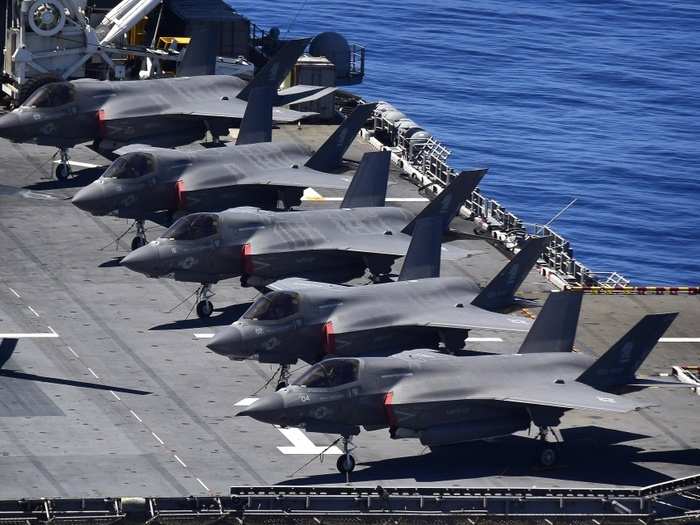
Lightning carriers, while less effective than a supercarrier — due primarily to the limited range of the F-35Bs compared to the Navy's F-35Cs, and the much smaller number of aircraft embarked — nonetheless offer a real opportunity to boost the firepower of the carrier force. "You are going to see an increase in strike control and sea control potential," Hendrix told BI.
The amphibs could be integrated into carrier task forces to strengthen its airpower, or they could be deployed in independent amphibious readiness groups, dispersing the force for greater survivability and lethality.
"You can turn the light amphibious ships into sea control, sea denial, or even strike assets in a meaningful way to distribute the force and bring this concept of distributed lethality to bear," Hendrix said, adding that this is a "wise" move given the rising challenges of adversaries employing tactics like long-range missiles and mines to deny the US Navy access.
Deploying light carriers armed with F-35s to deal with low-end threats also frees up the supercarriers to address more serious challenges.
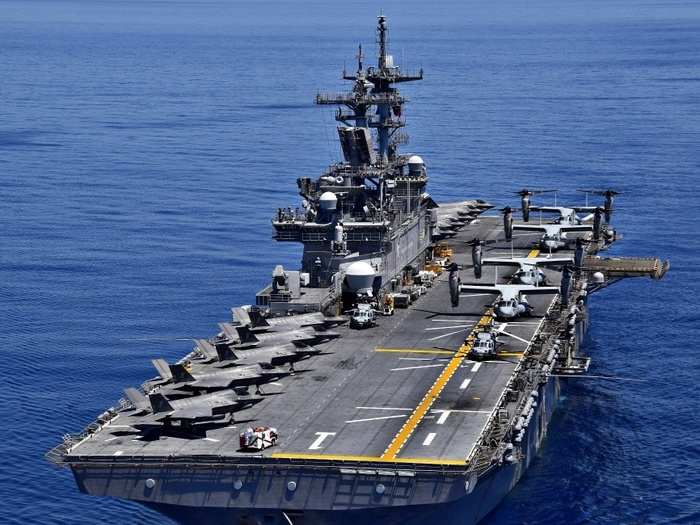
"What we've been seeing over the past year is the Navy using Amphibious Readiness Groups (ARGs) with [amphibious assault ships] in the Middle East in place of Carrier Strike Groups," Clark explained.
The Navy has then been able to focus its supercarriers on the Atlantic and the Pacific, where great powers like Russia and China are creating new challenges for the US military.
Last fall, the USS Essex, an amphibious assault ship, sailed into the Persian Gulf, and it was during that deployment that a Marine Corps F-35B launched from the ship entered combat for the first time, targeting Taliban insurgents in Afghanistan.
The USS Harry S. Truman, initially slated for service in the Persian Gulf, relocated to the North Atlantic for participation in NATO exercises.
Popular Right Now
Popular Keywords
Advertisement